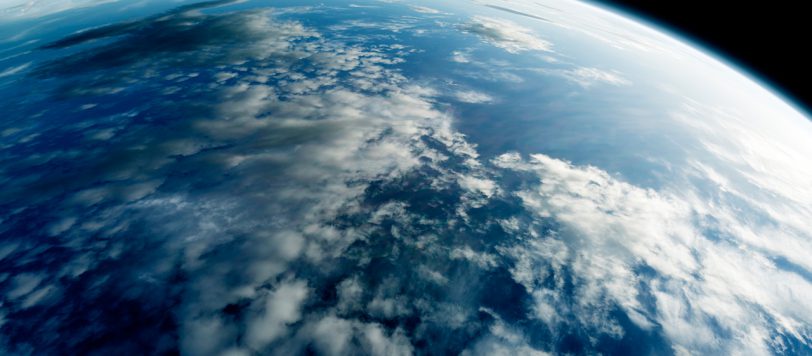Posted by: admin
Comments:0
The KSF Space Foundation Releases New, Inexpensive, Cubesat Board Systems

The cubesat kit is affordable for most universities in developing and other countries and can be purchased, usually within the budget of any lab or school. The new circuit board was designed, manufactured and also tested for deployment for any cubesat in a space up to an altitude of up to 250 km. The electronics board modules are independent bus boards that can be stacked, attached and interconnected, as desired. The board was designed to be light in terms of weight as well as cost-effective, being designed to a smaller size and with a low power requirement for operation.
The model is tested and ready to fly, easy to integrate and can integrate with any extra, needed payload. The basic model comes with all of the major cubesat instruments; however, KSF Space Foundation is offering other advanced models that can address various missions tasks.
The foundation is offering to launch the cubesat / smallsat to near space at an altitude up to 40 km for testing and to capture climate change data or for any other missions that are needed by the university or school as part of KSF’s vision to encourage universities to develop and launch space missions to space.
The company stated that this cubesat kit is considered the world’s least expensive smallsat for education and research outreach.
KSF Space foundation is offering free enrollment to the company’s accredited Nanosatellite Engineering Professional certification “NEP Certificate” for as many as three candidates upon purchasing the cubesat kit.
Dr. Kayyali, Chairman of KSF Space Foundation, said, “This model will allow universities and schools with a small budget to develop their space project easily — there is no need to secure funding.”
KSF Space Foundation was initially founded to enable cost-efficient access to LEO with zero-environmental impact flying solutions. The foundation offers access to near-space and LEO for research and scientific experiments in many fields, as Earth or Space Observation, biological testing, satellite positioning detection, earth magnetic field measurement, radio transmit, atmosphere science and technology experiment.

